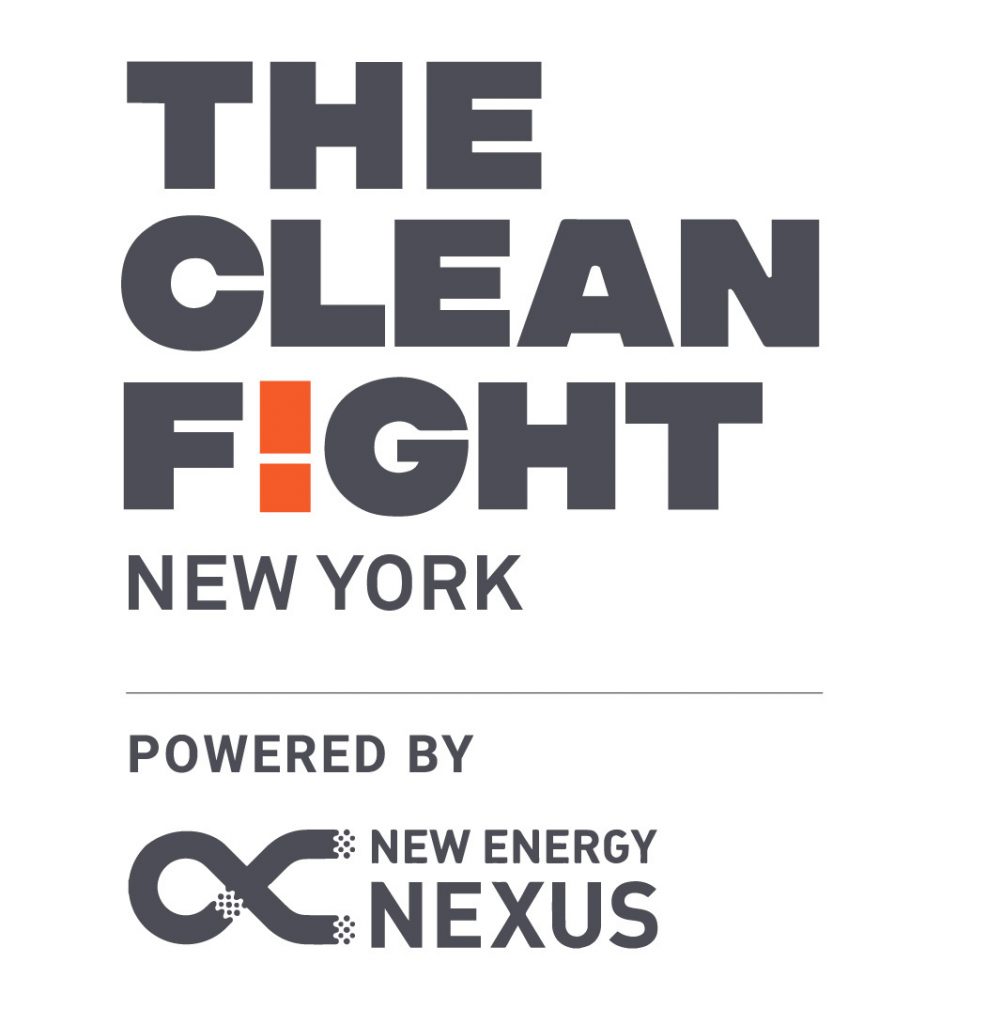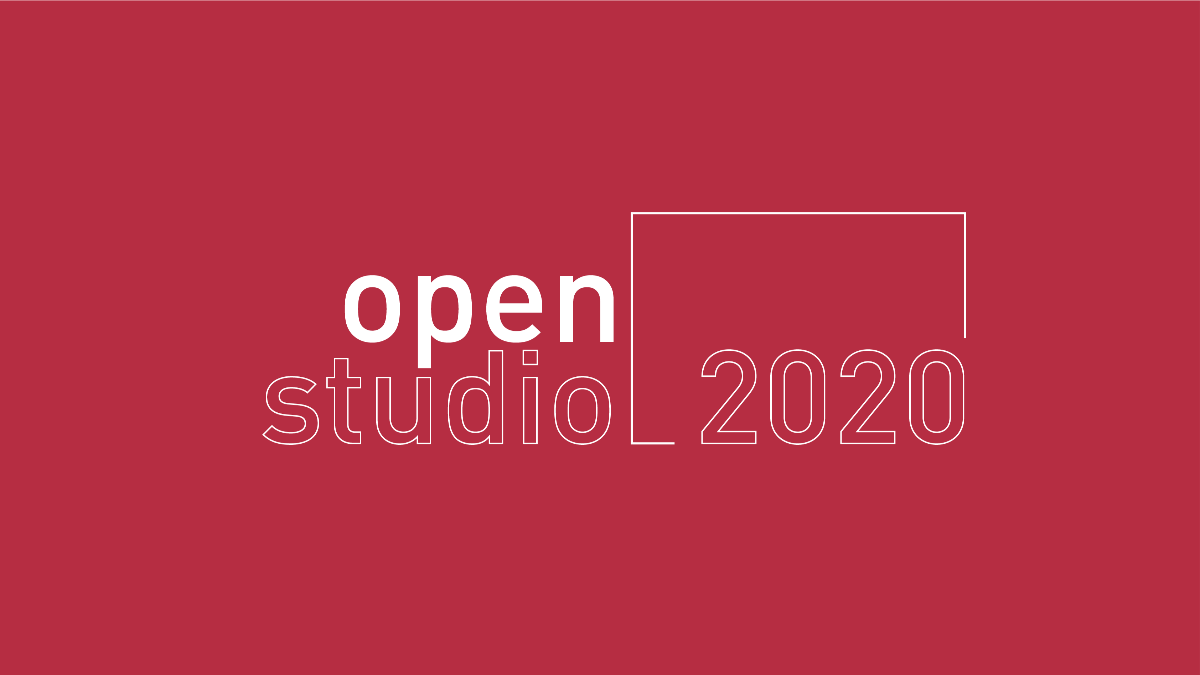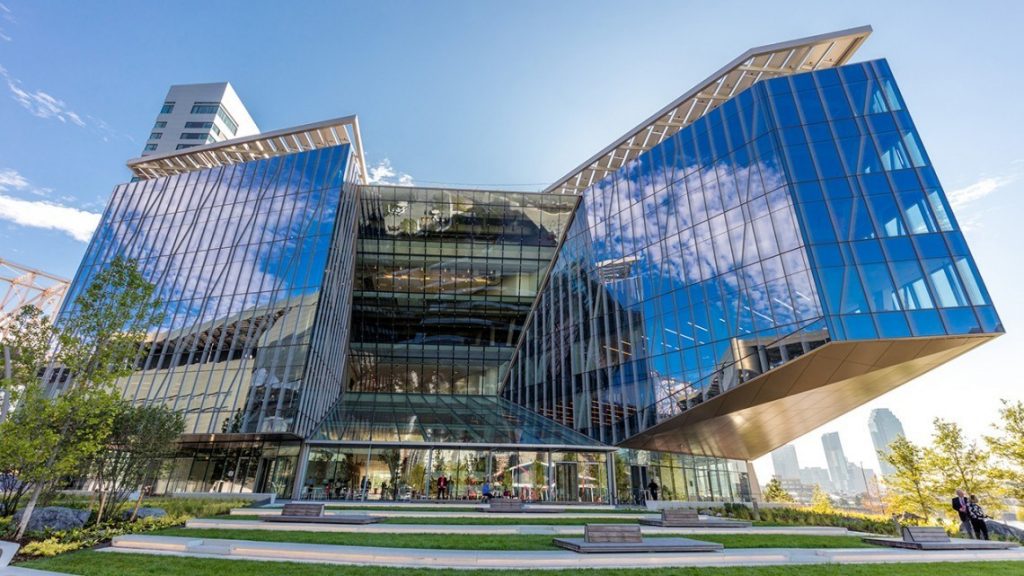
Today I am excited to announce that I have joined The Clean Fight NY (TCF), a new accelerator in NYC for growth-stage clean energy companies, as Program Director. TCF works with clean energy startups that have approximately $1 million in annual revenue and have successfully raised outside capital. Our goal is to help these companies cross the chasm and scale and, ultimately, to help bring 100% clean energy to 100% of the population, starting in New York.
You may be wondering why I have chosen to do this, and why TCF might bring me on, given that my background is one of generalist investing (as well as teaching). In short, like many of us, I believe the climate crisis is the most consequential threat that humanity has ever faced. I have been looking for ways to contribute to alleviating that threat for a number of years now, working to build a knowledge base and network in the world of sustainability, with a goal of shifting my professional focus to the space. I have invested in companies like HEVO Power and Radiator Labs, and volunteered for organizations like the Cleantech Open and 350NYC. I’ve spoken with dozens of investors, entrepreneurs, advocates and other leaders in the space. So many of these leaders have freely given of their time, often acknowledging the potential benefit of getting more people to throw their talents into this fight. I’m certainly not alone as a technology generalist moving to a clean tech focus – Jason Jacobs is a great example and inspiration. I’m very happy to join this movement, and to have convinced the team at TCF to give me a chance.
You may also be wondering why companies that have already successfully gone to market would benefit from an accelerator program? It’s true – there are very few programs for companies at this or later stages. This is something new, which makes it exciting. It’s also badly needed. NYSERDA, a program sponsor, has funded numerous accelerators and incubators over time. They and others in the space have pointed out that, even more than in other sectors, companies struggle to move from successful initial pilots and demonstration projects to large-scale implementations and a wider customer base. There are many sources of extra friction in the world of clean energy compared to other sectors: longer sales cycles, complex products which often entail hardware component(s), a shifting regulatory landscape, and more. An accelerator cannot overcome all the challenges for all companies, but we’ll try to help a group of particularly promising companies to overcome as many as we can.
We will not be doing it alone. Aside from NYSERDA, thanks to the efforts of Kate Frucher (Managing Director), Taylor Rowe (Director of Partnerships) and others, TCF is fortunate to have an impressive slate of partners including key prospective customers, leading investors, sponsors and advisors. Nyla Mabro (Head of Strategy and Marketing) and Grace Aranow (Program Associate) round out the team, together with a fantastic board. TCF is also a member of the New Energy Nexus family of clean energy accelerators around the world.
More to come about our first cohort of companies (all of which are focused on decarbonizing buildings) and the journey of TCF. For now, if you think you have something to contribute to TCF – if you are a potential customer or partner of clean energy building product companies, a potential investor, or perhaps a technologist looking to join those of us shifting our focus to sustainability, please reach out.









